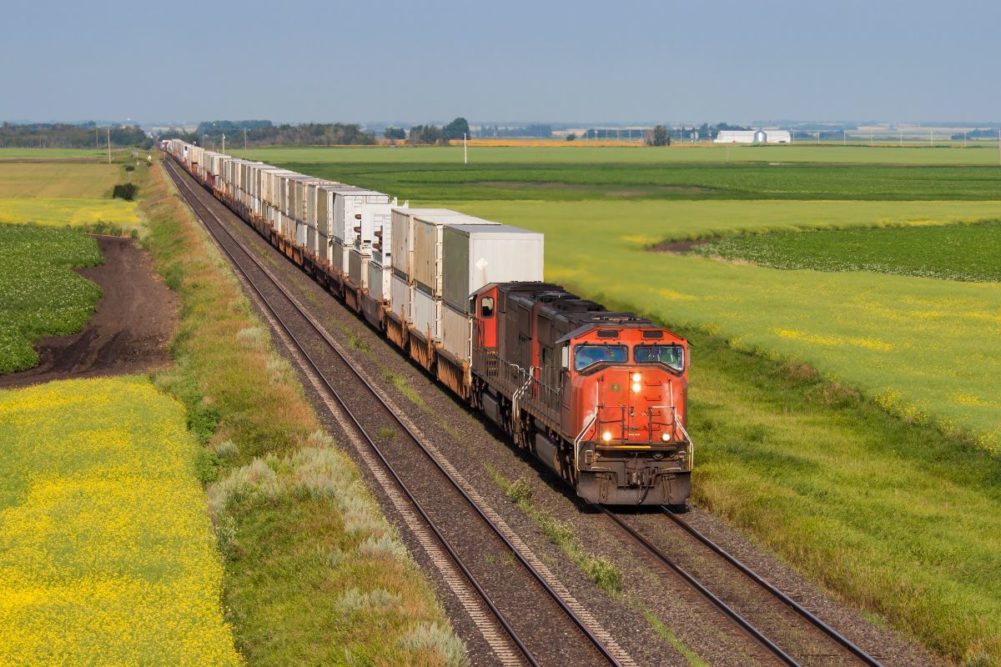KANSAS CITY — The threat of a labor strike on US railroads was seemingly resolved last week after Congress approved and President Biden signed a bill prohibiting rail workers from commencing a nationwide work stoppage after a “cooling-off period” expires Dec. 9. But commodity trade analysts and industry leaders were still concerned about economic impacts from diminished rail performance while some believed a strike was still possible despite legal ramifications.
For two years, railroad companies and rail union leaders representing more than 115,000 rail employees have been embroiled in varying degrees of labor disputes as the two entities negotiated rail workers’ five-year labor contracts. Two key contingencies fueling the dispute were workers’ schedules and paid sick leave benefits. Rail workers argued they had little to no control over their work schedules and had insufficient allowances for doctors’ visits.
Another issue raised was the short supply of rail workers, a pandemic holdover after many rail employees were furloughed during nationwide shut down periods. Railroad companies were unable to rehire a significant number of furloughed employees and have been short-staffed ever since. Despite the labor shortages, US freight companies recently have posted record profits fueled by exponential demand. As a way to manage demand, railroads began issuing embargoes that place restrictions on the amount of cargo railroads are able to transport. Companies traditionally have imposed embargoes during times of unforeseen disasters, but they also have imposed them as a way to manage congestion on the rail during times of labor shortages. This year alone, data compiled by JPMorgan said railroads have issued nearly 1,500 embargoes, compared with 945 embargoes in 2021 and 641 in 2020.
Earlier this fall, discussions between railroads and union leaders mediated by the Biden administration led to a tentative agreement that included a 14.1% wage increase and five annual $1,000 lump-sum payments. But the agreement did not include the union-requested 15 days of paid sick leave. After a handful of unions ultimately rejected the agreement, a month-long “cooling-off period” was established to allow time for further negotiations, during which a White House-appointed labor mediation panel helped to expand the proposal to offer a 24% wage increase, retroactive to 2020, along with one additional paid day off along with existing vacation days. All unions had to ratify the agreement before the Dec. 9 deadline, or all workers would strike. Only 8 of the 12 unions ratified the new proposal, compelling President Biden to ask Congress to evoke the Railway Labor Act and create a bill that would override the ratification procedures and force the unions to accept the latest proposal while blocking a forthcoming strike, which was expected to cost the US economy up to $2 billion per day. The houses of Congress complied, sending a bill to the president, which he signed Dec. 2.
Despite the governmental intervention, concerns remain that rail performance will suffer during a time of high freight traffic. Winter is traditionally a difficult time for rail workers given holiday schedules and weather-related difficulties such as snow-covered tracks, cold weather effects on diesel locomotives and managing outside tasks in frigid conditions. Forcing disgruntled employees to work during an already difficult situation may compound problems that can’t be rectified legislatively, some sources said.
But others were hopeful the situation will resolve without incident. At least one major miller appeared to be satisfied there wouldn’t be a strike, as it was selling wheat received on contract after spending most of November buying all supplies on offer.




